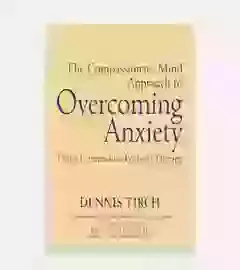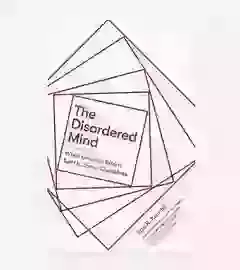How is anxiety manifested?
Anxiety becomes apparent in the form of bodily, psychological and behavioural changes. The bodily changes include increased breathing rate, heightened blood pressure, sweating and digestive symptoms (e.g. 'butterflies in the stomach'). The psychological changes cause our thinking to become more focused; more directed towards problem-solving. Behavioural changes associated with anxiety may take the form of a burst of energy, or find the unusual strength to get out of a dangerous situation.
These changes evolved as an immediate or temporary response to stress, designed to 'switch off' when the danger is passed. If they are not switched off, however, they cause our performance to deteriorate and become counterproductive. Exaggerated bodily responses may appear as headaches, chest pains, shortness of breath or nausea. Psychologically, we may become so focused on worrying that we always fear the worst, and start to experience constant fearfulness and demoralization. As for the behavioural changes, the most common response to fear is to run away - and this 'avoidance' may take the form of comfort eating, smoking or drinking, which provides only temporary relief and can lead to a loss of self-confidence in the long term.




























